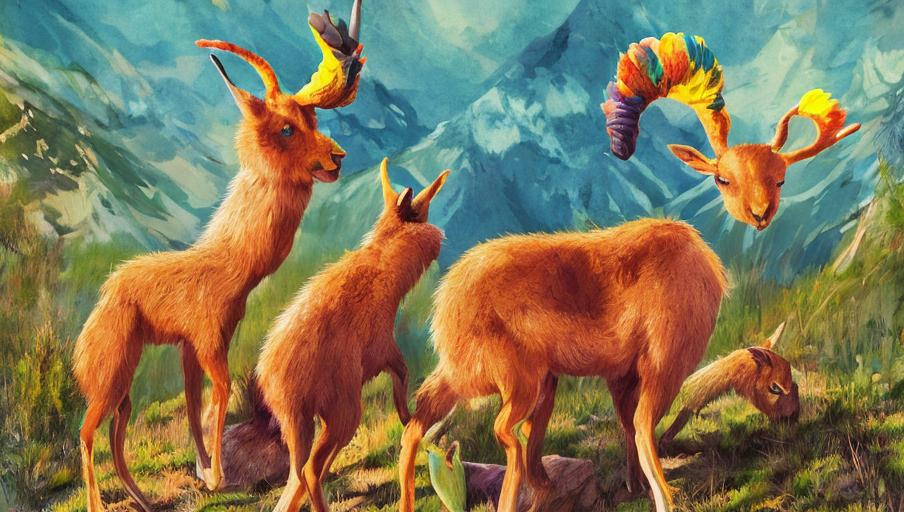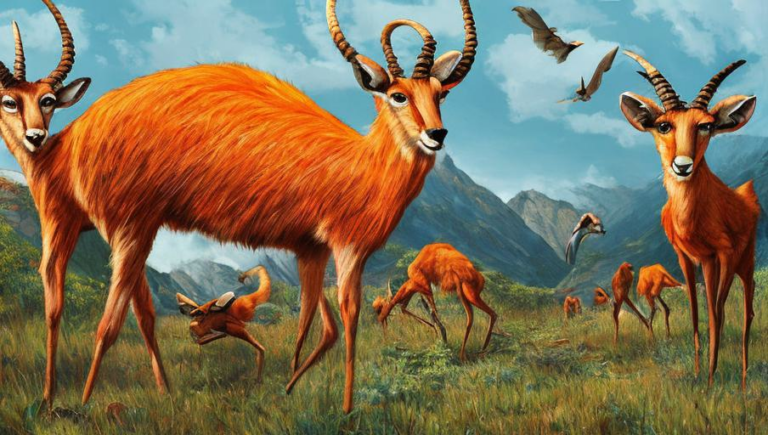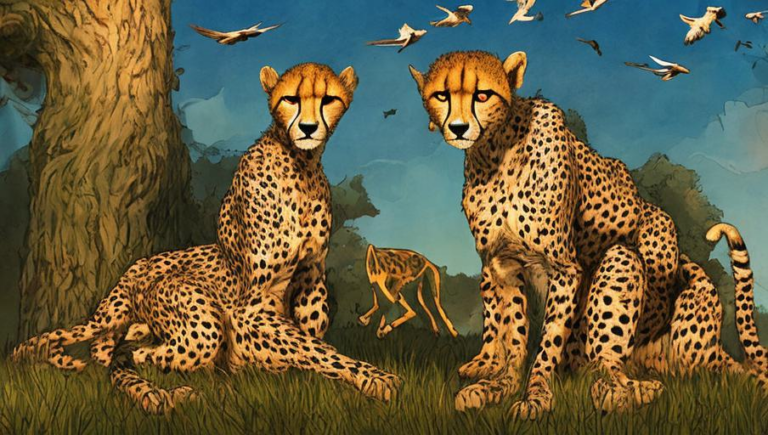Making the Most of the High Alpine Meadows: The Chamois’ Survival Tactics

Introduction
The majestic chamois is an iconic species of the high alpine meadows of Europe. Its thick fur and agile movements have made this animal an icon of the European wild. But its success in the wild is not without a fight. The chamois must use a variety of tactics to survive in their harsh environment and protect themselves from predators. In this article, we will explore the unique strategies the chamois uses to survive in the wild and the importance of conserving their habitats.
Adapting to the Environment
Living in the mountainous terrain of Europe is no easy feat. The chamois is well-adapted to its environment with its thick fur, keen eyesight, and agility. Its thick fur helps to keep it warm in the cold temperatures of the high alpine meadows, and its nimble movements allow it to scale steep slopes and evade predators. Its keen eyesight allows it to spot potential threats from a distance, giving it an edge over other animals in the area.
Social Structure
The chamois lives in large herds, which helps them to survive in their environment. The herd provides protection from predators and allows the chamois to share resources. The herds have a hierarchical structure, with a dominant male at the top. The leader is responsible for protecting the herd and determining where they will graze. The rest of the herd follows the leader, protecting the young and weaker members of the group.
Avoiding Predators
The chamois has a variety of tactics for avoiding predators. Firstly, they are wary of their surroundings and constantly scan the area for potential threats. If they spot a predator, they will flee, often running in a zig-zag pattern to confuse their pursuer. They also have excellent hearing, which they use to detect predators at a distance. Finally, they can use their powerful hind legs to launch themselves into the air, allowing them to leap up to 8 feet in a single bound.
Conservation Efforts
The chamois is an important species in the European alpine region and its population is declining due to habitat loss and poaching. Conservation efforts are needed to protect the species and its habitat. This includes creating protected areas for the chamois, reducing poaching, and restoring and protecting their habitats. Additionally, educating the public about the importance of preserving the chamois and their habitats is crucial for the species’ long-term survival.
Conclusion
The chamois is an iconic species of the high alpine meadows of Europe. Its thick fur and agile movements have made it an icon of the European wild. But its success in the wild is not without a fight. The chamois must use a variety of tactics to survive in their harsh environment and protect themselves from predators. Conservation efforts are needed to protect the species and its habitat. This includes creating protected areas for the chamois, reducing poaching, and restoring and protecting their habitats. Additionally, educating the public about the importance of preserving the chamois and their habitats is crucial for the species’ long-term survival.





